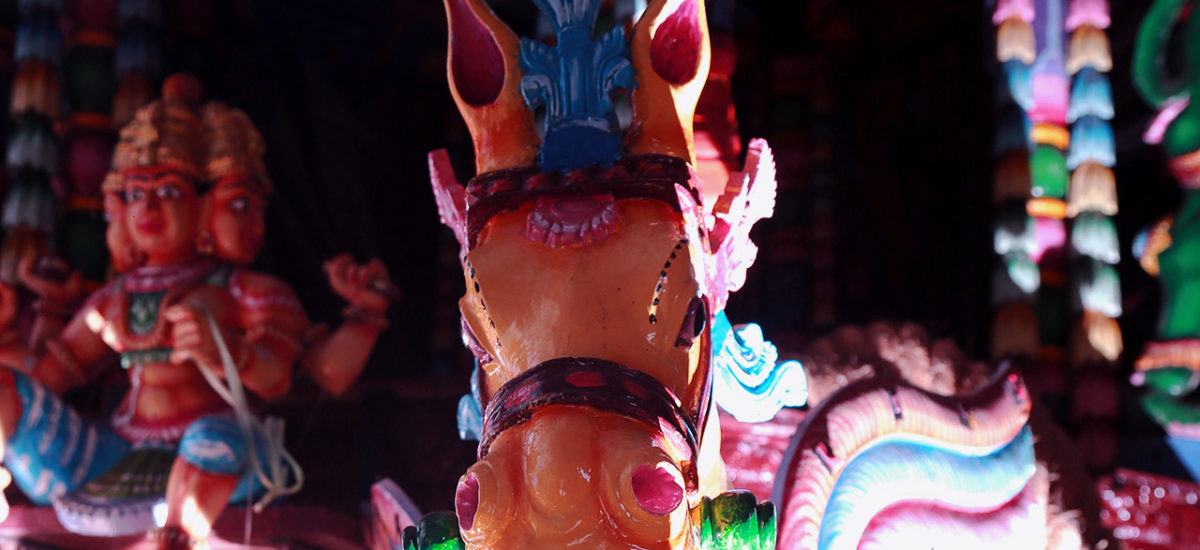Photo courtesy of Chathuranga Pradeep
The timing could not have been more disastrous. Shirani and the children were in Colombo when the riots broke out in July 1983. Arvind was three and Arjun was one year old. I had managed to get to the US before Black July and started work at IBM in New York. In my case, I will never forget my understanding of what they went through because I still feel guilty that I was not there for them.
The rebels in the north had killed 13 Sri Lankan soldiers. That triggered the mayhem. Thousands of Tamil houses were burned and over 3,000 Tamils were massacred by crazed mobs coordinated and orchestrated by the government. The organizers were careful to import goons and mobs from different localities from the ones to be attacked. That way they would not be recognized. They carried census forms that contained all the details – names, ages, gender, profession and, of course, addresses. Because Tamil names are distinct from Sinhalese, Muslim or other names, the mobs needed only names and addresses.
Shirani and the boys were staying in the new house in her family’s compound. The whole family, including the household help, decided to hide in a bathroom in the main house. In hindsight – given that the rumors about census forms and the burning of Tamil houses were accurate – this was a problematic decision but what other escape was possible? In times like these, Sinhalese neighbors and friends sometimes were able to take their Tamil brethren into their homes. In fact this time, my family and in-laws, nine in all huddling within that one bathroom, were saved by the brave act of their close Sinhalese friend and neighbor, Earle de Fonseka, a professor of the university medical faculty.
He came out to the gates and held the mob at bay arguing and convincing them that no one was around, that the occupants had already fled. The mob leaders brandished the census forms, which specified two families living in the compound. Miraculously, by the sheer force of his personality, he was able to turn the mob away from their murderous intentions.
In Westchester New York, I was glued to BBC for news and frantically calling Colombo to find out what was happening with my family. Finally, Shirani answered and assured me they were safe but gave no details. Only after the long summer holiday and well after they returned to the US did I learn of their narrow escape. We did not talk about the incident in the family. I felt it best to allow things to be forgotten with time.
I did not realize how wrong I was until very much later when we were summoned for a meeting by Arvind’s kindergarten teachers. It was not one of the usual parent-teacher meetings and Shirani and I were not quite sure what was in store for us. It was simply to find out from us what significance there was in Arvind’s class drawings, which he would not talk about. Looking at the drawings, it was a stark expression of a three year old’s perception of Black July, namely, sketches of flames shooting all around huddled people in a room! It was only then that the teachers understood the meaning of the drawings. To this day, Arvind has never talked about it to me and Arjun was too small to comprehend but who knows in what way it has affected him as well.


